History Kept Alive: Vergelegen Wine Estate - Cape Dutch Vernacular Architecture in South Africa.
By 1685 the Dutch East India Company outpost at Hottentots Holland had fallen into disrepair and the visiting high commissioner, Hendrik Adriaan van Reede tot Drakenstein, gave instructions for a new outpost to be built further up the Lourens River. Prescribing the use of stone instead of wood and an orderly layout of buildings enclosed by ring walls, van Reede provided the first guidelines for farm buildings in the Cape in South Africa.
The company advocated the use of classical concepts in its planning and Simon van der Stel is said to have laid out the new outpost at Hottentots Holland on mathematical lines. It was here that Vergelegen was eventually built and incorporated an octagon, which was a familiar architectural feature of the time in the Netherlands and East Indies.
The demand for fresh fruit and vegetables led to farms being granted to settlers and senior officials, who competed in selling their produce to ships.
In 1700 the acquisition of extravagant development of the Vergelegen plantation by the governor Willem Adriaan van der Stel gave rise to the first political conflict between the settlers and the Dutch East India Company authorities in the Cape. When the governor with his vast resources entered the fray, the settlers realised that their future was at stake and rose against him.
Within four years Willem Adriaan van der Stel had established a model country estate at Vergelegen, with extensive buildings and grounds laid out in baroque fashion. The settlers described it as “a country seat, large beyond measure, and of such broad dimensions, as if it were a whole town”. A massive octagonal enclosure was in the centre, with the heerenhuis (manor house) to the east. Jan Hartog, the Company’s head gardener who doubled as overseer of the estate with 60 company servants employed under him, lived in the boerenhuis.
In 1706, the settler revolt led to the downfall of the governor and his cabal. With burgher (settler) rights strengthened, the Cape would no longer be a corporate outpost of the Dutch East India Company but become a true colonial settlement with independent farmers pushing the frontier deep into the interior.
The decision of the directors of the Dutch East India Company to side with settlers meant that a plantation system, like that of the West Indies and Americas, did not take root in the Cape. The Mediterranean climate was better suited to viticulture than to many plantation crops, and Huguenots were brought out to boost wine farming in the regions.
1706 marked the end of patrician order created by senior officials in the Cape, the most notable, being members of the van der Stel family who had established large plantations with numerous slaves for their private use. Their dominant economic presence in the market and monopoly of the company’s wine and meat contracts, or pacts posed a threat to the emergent settler community. In ousting Willem Adriaan van der Stel, the settlers were able to turn the situation around and entrench their position in the Cape.
The farm was situated in the Hottentots Holland a former outpost of the Dutch East India Company, as the name Vergelegen indicates, it lay at the reaches of the settlement. Wouter Valckener, a councillor of the Netherlands, India and admiral of the return fleet, granted it to the new governor of the Cape. The validity of the grant was later called into question, as Valckener did not have full authority to sign it.
The original size of Vergelegen was 400 morgen (342.4 ha) which was much larger than the normal grant of 60 morgen (51.4ha) allocated to settlers. Three years later Willem Adriaan obtained another farm, thus bringing the total land he owned to 613 morgen (525.0 ha). The new farm was Onverwacht, which he had granted to Jan Hartog, the company’s gardener, and then purchased at a normal price. His brother Frans van der Stel, farmed nearby at Paarlvallei and Paarldevlei, while a close friend, rev. Petrus Kalden, owned extensive lands at Zandvliet on the False Bay coast.
A number of prosperous farmers were already established in the district of Stellenbosh; men like Henning Hüsing (at Meerlust), Ferdinand Appel (at Geduld) and Jacob van der Heiden (at Welmoed), who came to resent the dominant presence of the van der Stels in the Hottentots Holland valley and emerged as their chief opponents.
Vergelegen of the 1700s represented an early stage in the development of Cape vernacular architecture. while the Dutch influence was strong, compromises to suit local conditions such as the shortage of timber were already being made.
What was exceptional about Vergelegen was the scope and size of the complex. contemporary illustrations were available archaeological excavations in 1990 gave tangible proof of the building's existence and let it to the discovery of similar structures elsewhere.
The directors of the Dutch East India Company decree that Vergelegen will be confiscated, a grant they had never authorised, and gave orders for the farm to be divided into four parts and sold. The subdivision only took place after Willem Adriaan had left the cape and the new governor, Louis van Assenburgh, assumed duties in 1708.
It is doubtful whether the director’s instructions to demolish Willem Adriaan van der Stel’s homestead were fully carried out. The present homestead continues to stand on the same site, although it has undergone substantial changes since Willem Adriaan van der Stel’s days.
Vergelegen was eventually sold off in four parts during late October and November 1709.
After subdivision, In 18th century Barend Gildenhuis obtained the fourth most easterly portion which retained the name Vergelegen, and most of the buildings on it. Commissioner Cnoll described it as "a delightful place. The houses and a section of the garden were enclosed in a stout octagonal wall".
In 1757 original van der Stel complex was reunited when Arnoldus Maasdorp acquired the third and fourth portions of Vergelegen, including the octagonal enclosure, slave lodge, wine cellar and mill. These two portions form the core of the farm, Vergelegen, as we know it today. Johannes de Waal was the new owner of Vergelegen. In 1792 these two farms came to be briefly owned by Malan Widow Katarina Morkel, and her second husband Rudolph Loubster. Around this time the homestead took on its present shape, with a curvilinear front gable facing west. While the west-east orientation of the complex was retained, renovations were also made to the wine cellar, mill and slave lodge. This coincided with the opening up of the slave trade and an increasing number of slaves on farms. During the 1780 David and Elisabeth Malan owned Vergelegen. An inventory shows that the Malans lived in comfort at Vergelegen and had 25 slaves.
The Theunissen family lived on the farm for almost a hundred years. Wine farmers prospered under British rule because of preferential tariffs on Cape wines during Napoleonic Wars. In 1816 a new wine cellar was built at Vergelegen in the fashionable neo-classical style. During the 19th century, the old mill continued to function. Although the stables at the back were demolished.
In the 1880 phylloxera epidemic spread through the Cape and the main source of income destroyed. Theunissen's struggled and eventually sold the estate in the turn of the century. A succession of wealthy businessmen and politicians were to own and modernise Vergelegen from then on.
In 1987 Anglo American under the chairmanship of Gavin Relly decided to purchase Vergelegen with the intention of developing a wine farm on its 3000 hectares and opening the historic core to the public. The homestead was restored, a master plan was established for the gardens and this plan still forms the basis of the existing spectacular display of flora and collection of trees found within the historic core. In 1992 the homestead and library were furnished, the South African gallery agreed to loan paintings to Vergelegen. The homestead was redecorated and a permanent collection of furniture, porcelain and objects d’art was established to provide a layered historicism depicting different periods at Vergelegen over the past 300 years.
Vergelegen extends over 3000 hectares, ranging from the banks of the Lourens river to the rock faces of the Hottentots Holland Mountains. As part of the overall preservation of the Estate, an area of 2 240 hectares has been identified for environmental conservation and a multifaceted project has been launched to preserve and conserve the full range of plant, wildlife, insect and bird species. Today the most prestigious awarded wine estate offers its 100 000 annual visitors a unique combination of heritage, environment and hospitality while standing at the forefront of South Africa’s recent wine renaissance.
http://www.vergelegen.co.za/environment.html
References
Photos: @highonthehog
Image: source linked below
Tas Adam, and Nicolaas van der Heyden 1712 Contra Deductie. Nicolas ten Hoorn, Amsterdam
De Bosdari, C., Cape Dutch Houses and Farms. A. A. Balkema, Cape Town, South Africa, 1953
Markell, Ann B., Building on the Past: The Architecture and Archaeology of Vergelegen. South African Archaeological Society, 1993
http://www.vergelegen.co.za
Click on the coin to join our Discord Chat

Vote @adsactly-witness for Steem witness!
Witness proposal is here:
Witness Proposal
Witness Proposal Update
Go To Steem Witness Page
In the bottom of the page type: adsactly-witness and press vote.

Use small letters and no "@" sign. Or, click here to vote directly!
Thank you!



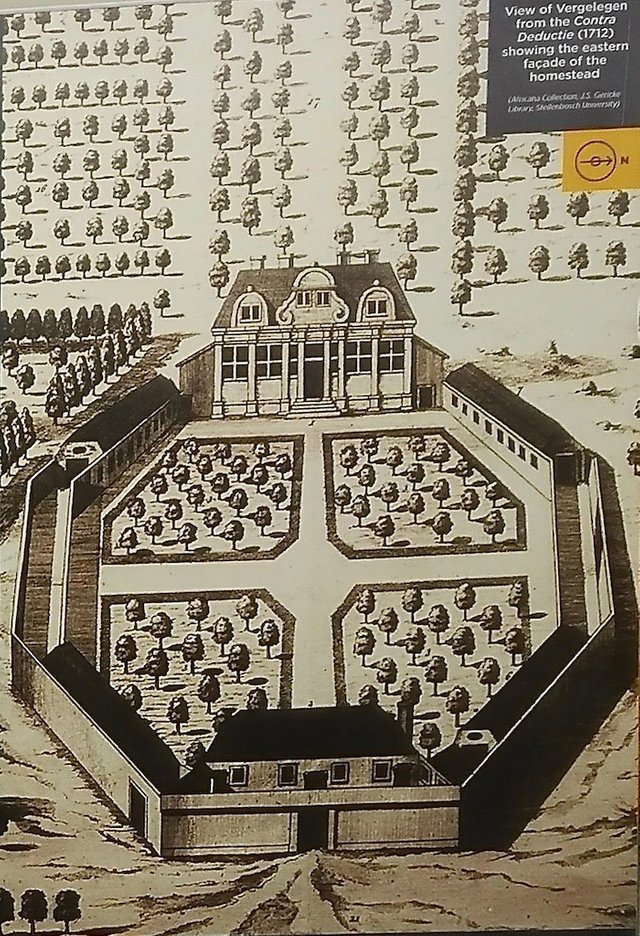





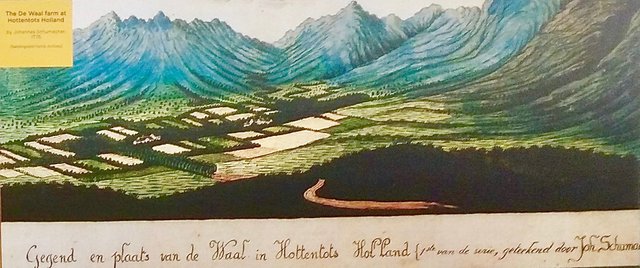

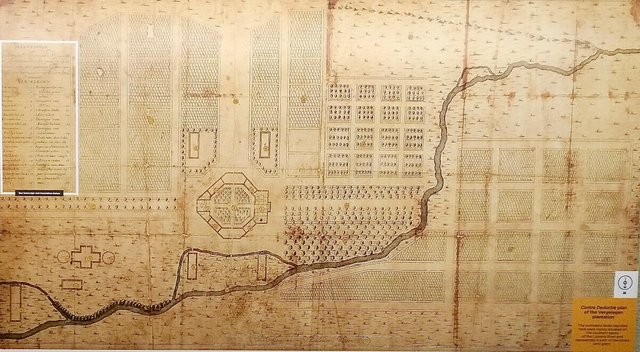
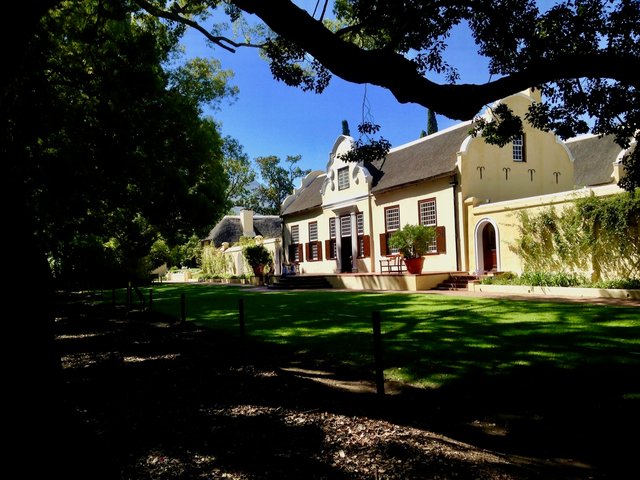

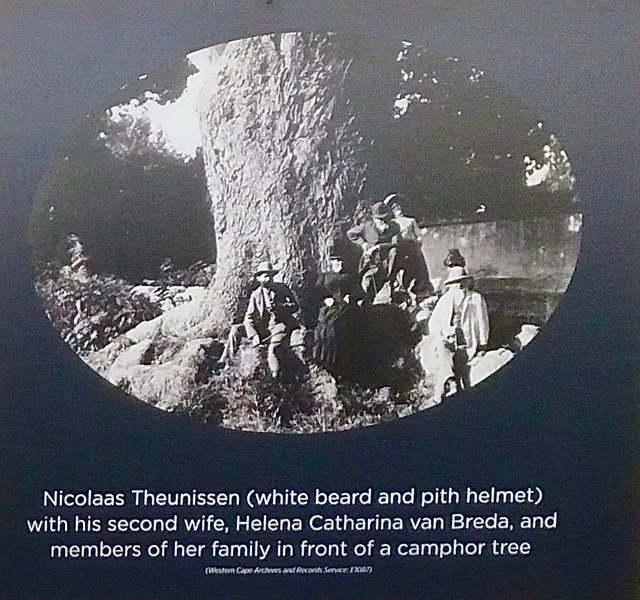

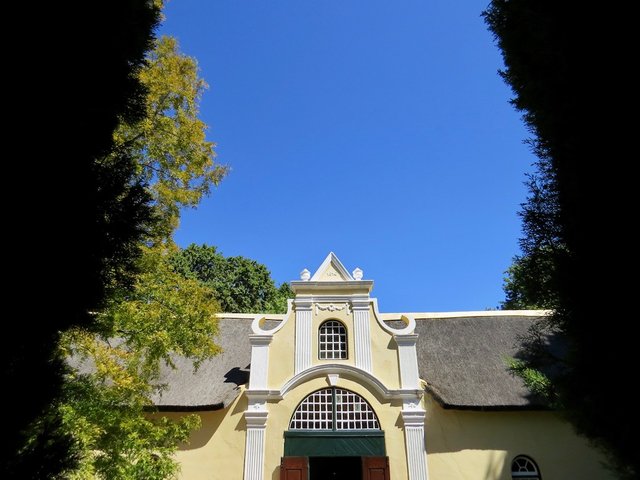
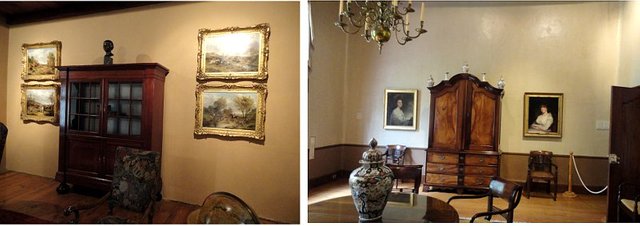
Praise the place with a beautiful place,
I am thankful to this story that I am very thankful to share this beautiful photography,
Your Travels are really heartwarming More thanks to Steemit Friend for sharing these valuable photos,
This place is really very popular.
Thanks for reading :)
A great history lesson. For myself, I learned a lot more than I can share with others. This wine-growing farm has an interesting and long history. A large number of events have divided from this place what it is today. Everyone who visits this place is immersed in times like people lived in the past. A lot of work was done to bring this place to its original appearance.
Given the fact that South Africa is a fairly large wine producer, this winery can rightly be called one of the best. I think that her location also matters. This is a unique place with its unique history.
Thank you for the interesting story. I like it
Thank you. @frank1in you seem like you know a lot about this place, have you ever been to one of the wine farms in South Africa? I fell completely in love, exactly because so many interesting stories stems from this place. It was one of the most important places on the map of the Cape and undoubtedly the fate of different peoples were connected here...
@adsactly very informative post .. good one
its amazing how east india company occupied so many counties in the world and turned them into colonies of other countries
Thank you. Indeed, there has been a constant flow of people through these times and lands. The lives of many are weaved into this colourful fabric.
Thank you very much for sharing this place with a very beautiful place. Sir, I follow all of your content Thank you so much for sharing the places of Africa.
Thanks for sharing the beautiful stories.
Thank you, all the best.
you search on it is very well.i like it not a waste of time by reading this
Well I‘m glad its an easy and enjoyable read, thanks.
wel come
Nicely written post supported with beautiful pictures!!!
Thank you 👍
hey @adsactly happy to see here a new post of your past/current visit place. I became your fan after seeing your Unique and awesome passion.
I wanna know that what will be estimated cost for visit there??
The cost to fly to south africa depend on many different factors: Season, place, airline etc. The ticket to vergelegen is probably around 5 euros :) go for it!
Beautiful place and I loved learning the history of it.
Thank you for sharing it with us.
And thank you for taking your time to read it, glad you have enjoyed, it is one of the most amazing places I have seen, worth writing about it ;)
wow, really learnt new things about win
Great, thank you !
@adsactly amazing and beautiful place to visit, good to see you in future for such amazing and mesmerizing blog post.
South Africa is full of surprises and great stories, thank you.